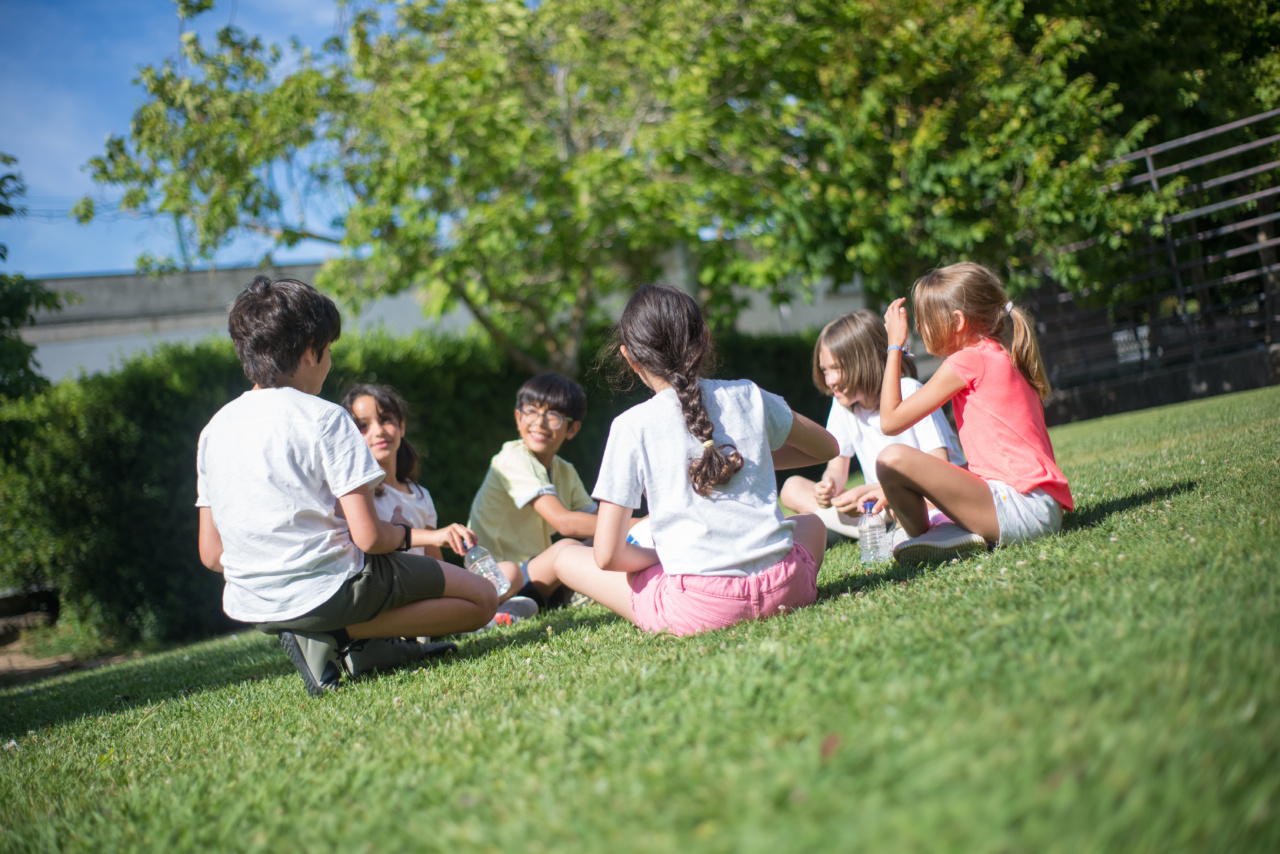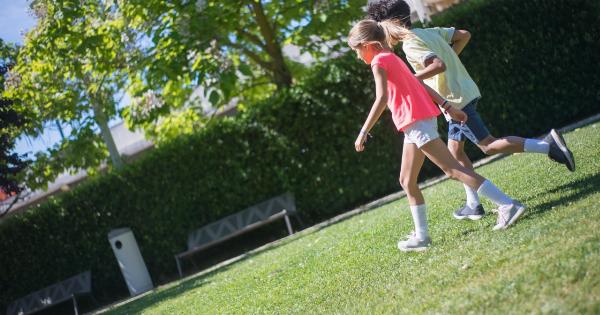Children today are spending less time outdoors and more time engaged in indoor activities such as playing video games and watching TV.
This shift in behavior has negative consequences for their overall health and development, including an increased risk of myopia or nearsightedness. Myopia is a growing concern worldwide, with rates soaring especially among children. In this article, we will explore the benefits of outdoor play in reducing the chances of myopia in children.
Understanding Myopia
Myopia, or nearsightedness, is a condition in which distant objects appear blurry while close-up objects are clear. It occurs when the eye grows too long, causing light to focus in front of the retina instead of directly on it.
This refractive error affects a significant number of people worldwide and has been linked to various factors, including genetics, lifestyle, and environmental factors.
The Role of Outdoor Play
Outdoor play has numerous benefits for children, including physical, mental, and emotional development. When it comes to preventing myopia, spending time outdoors is particularly beneficial. Here’s why:.
1. Sunlight and Vitamin D
Exposure to sunlight is crucial for the production of vitamin D in the body. Vitamin D plays a vital role in eye health and has been linked to the prevention of myopia.
By encouraging outdoor play, we ensure that children are exposed to an adequate amount of sunlight, supporting their overall well-being and reducing the risk of myopia.
2. Increased Distance Vision
Indoor activities often involve focusing on objects at a close distance, such as screens or books. This constant near work can contribute to the development of myopia.
On the other hand, outdoor environments provide children with opportunities for far vision, allowing their eyes to relax and reducing the strain associated with near work. Regular exposure to distant objects during outdoor play can aid in preventing myopia.
3. Increased Time Spent Outdoors
Encouraging outdoor play means children spend less time engaged in near work activities such as reading or using electronic devices. Less exposure to activities that require prolonged near vision reduces the chances of developing myopia.
Creating a healthy balance between indoor and outdoor activities is essential for maintaining good eye health.
4. Brighter Light Conditions
Outdoor environments typically have brighter lighting than indoor spaces. Bright light stimulates the release of dopamine in the retina, which is essential for healthy eye growth and preventing myopia.
By exposing children to brighter light conditions during outdoor play, we promote optimal eye development and reduce the likelihood of myopia.
5. Increased Physical Activity
Outdoor play often involves physical activities such as running, jumping, and climbing. Engaging in regular physical exercise is not only beneficial for overall health but also plays a role in preventing myopia.
Physical activity stimulates blood flow to the eyes, supplying essential nutrients and promoting eye health.
6. Reduced Screen Time
The excessive use of electronic devices, such as smartphones and tablets, has become a significant concern among parents and healthcare professionals.
Prolonged screen time contributes to increased near work and decreased outdoor time, leading to a higher risk of myopia. Encouraging outdoor play helps in reducing screen time and mitigating the negative effects associated with excessive device use.
7. Social Interaction and Emotional Well-being
Outdoor play provides children with opportunities for social interaction, which is critical for their emotional well-being.
Engaging in group activities, imaginative play, and exploring nature helps children develop social skills and improve their overall mental and emotional health. A positive emotional state and quality social interactions have been associated with reduced myopia progression.
8. Blue Light Exposure
Indoor activities involving screens expose children to blue light emitted by electronic devices. Blue light has been linked to sleep issues and potential eye damage.
Spending time outdoors reduces the exposure to artificial blue light, allowing the eyes to rest and rejuvenate.
9. Nature’s Calming Effect
Being in nature has a calming effect on children’s minds. The greenery, fresh air, and natural surroundings reduce stress and anxiety levels. Chronic stress and anxiety have been found to contribute to myopia progression.
Encouraging outdoor play provides a natural remedy to these negative effects, promoting healthier eye development.
10. Parental Involvement
Encouraging outdoor play necessitates parental involvement. Spending time outdoors with children not only ensures their safety but also promotes family bonding.
By actively engaging with their children during outdoor activities, parents set an example and pass on the importance of outdoor play for overall well-being, including eye health.
Conclusion
Outdoor play offers numerous benefits for children, including reducing the chances of myopia development.
By promoting outdoor activities, parents and caregivers can help children maintain healthy eye development, minimize the risk of myopia, and enhance their overall well-being. Encouraging a balance between outdoor play and other activities is key to ensuring optimal eye health in children.




























